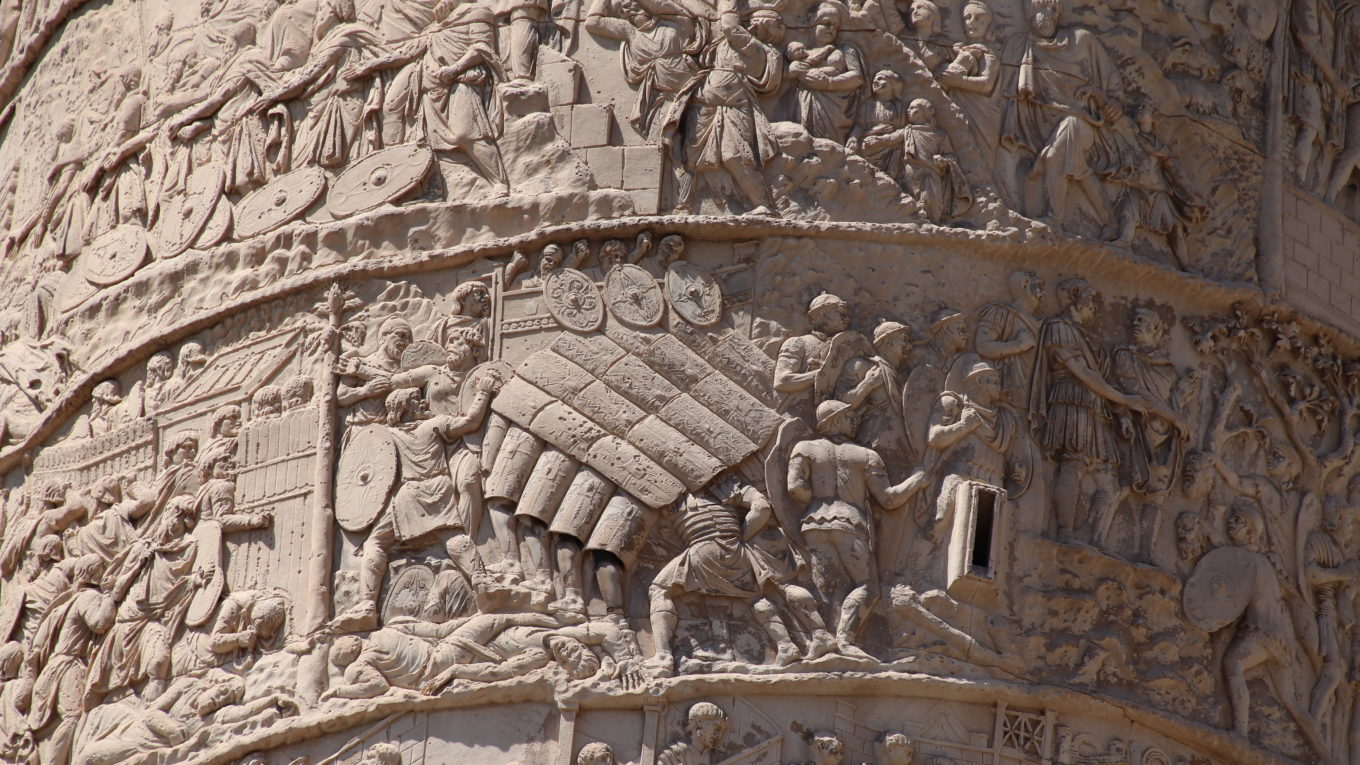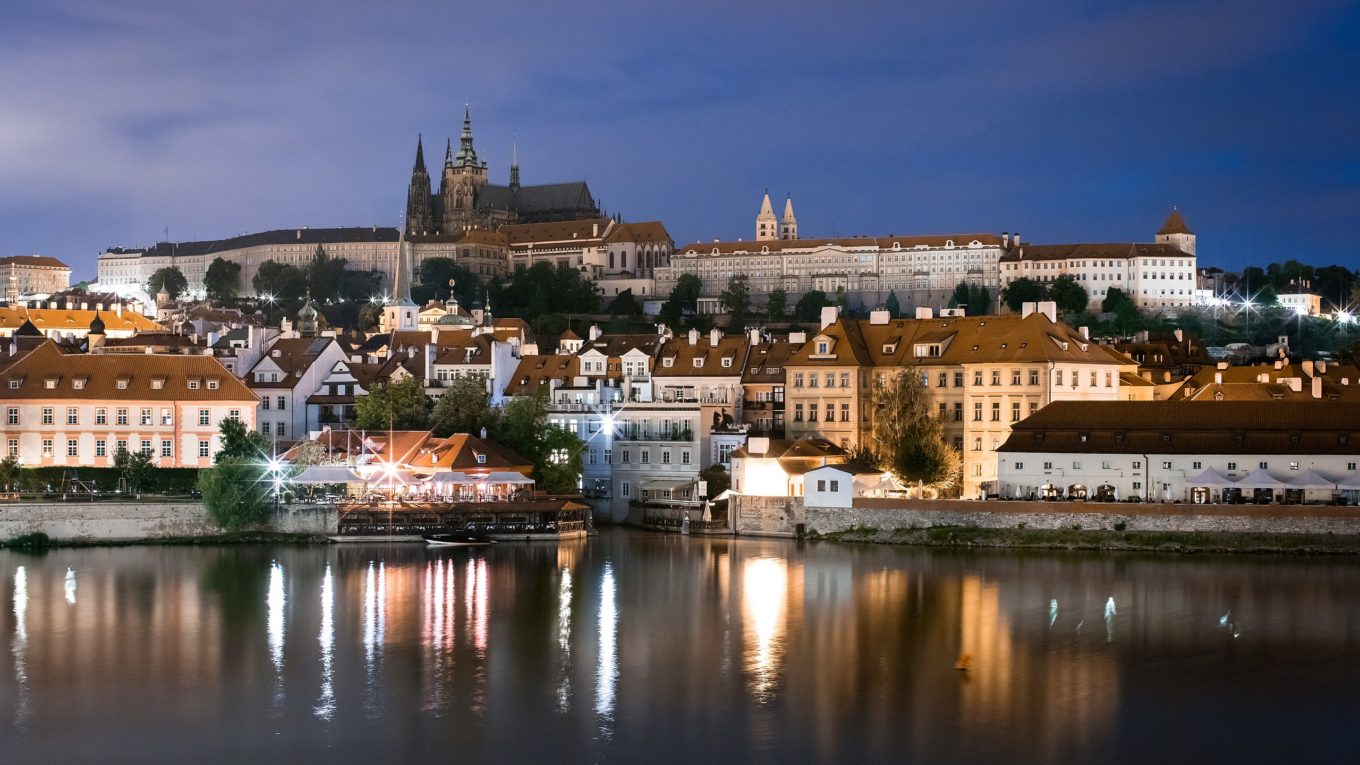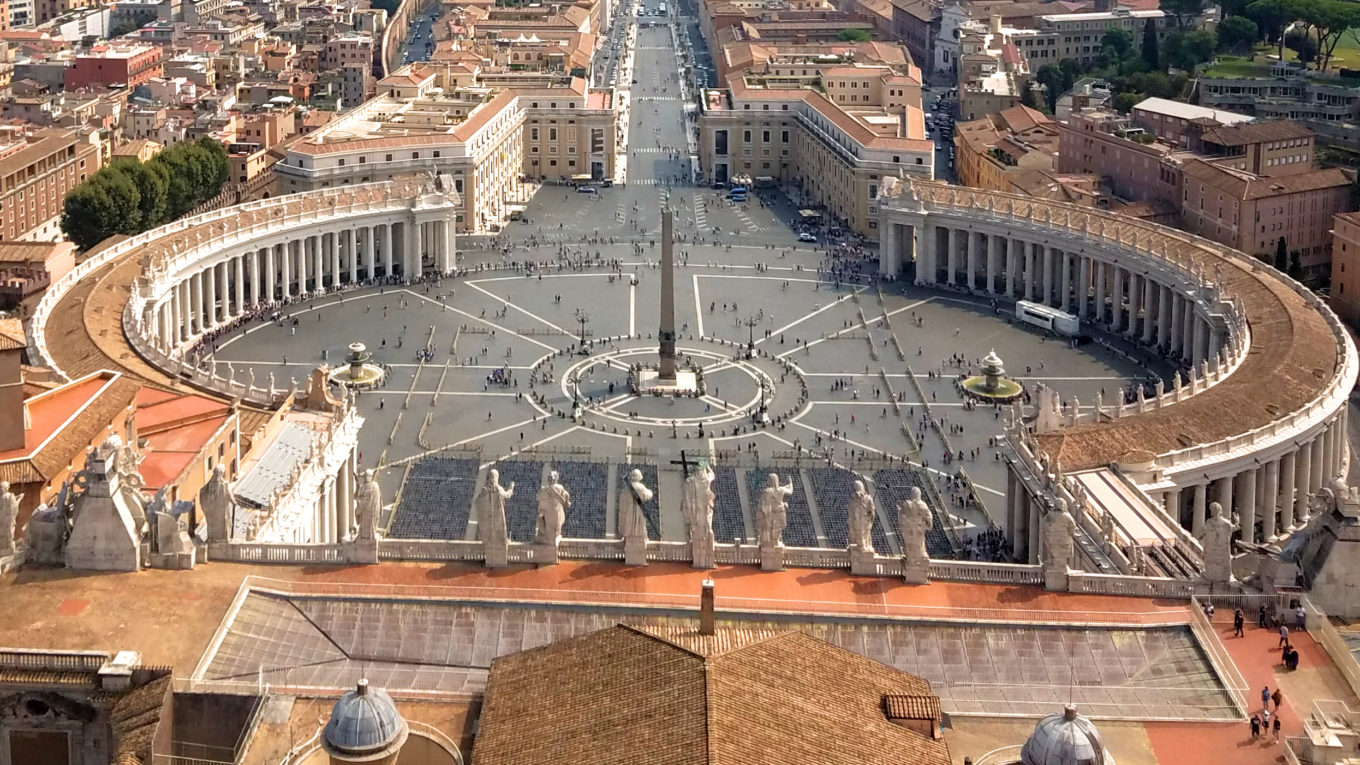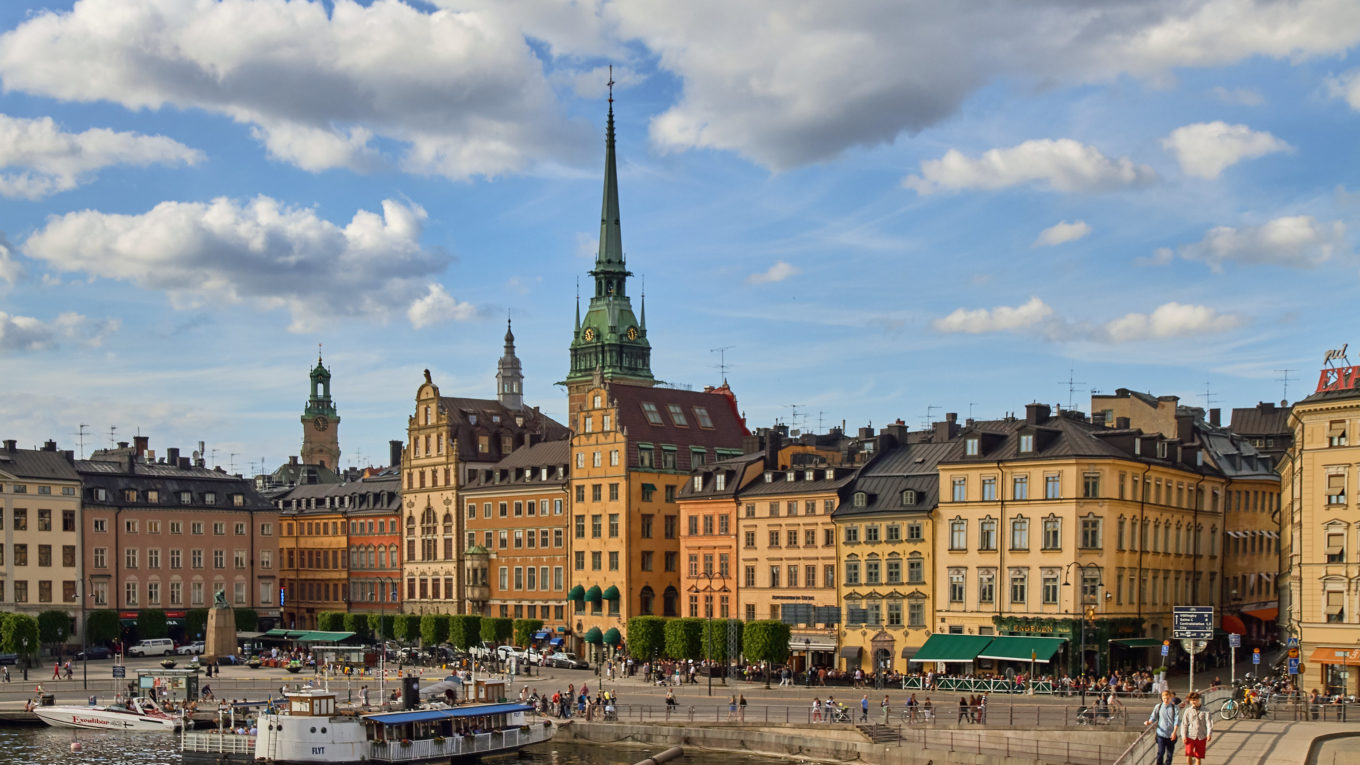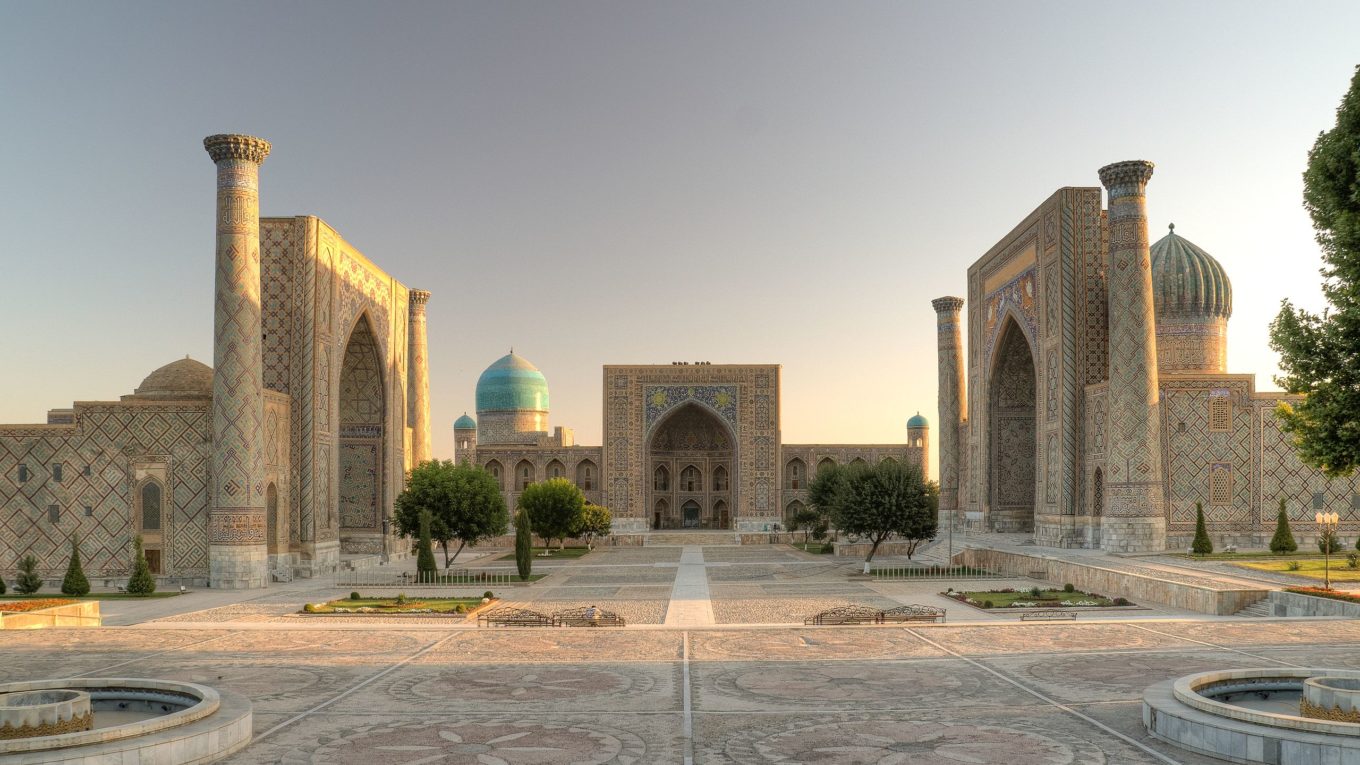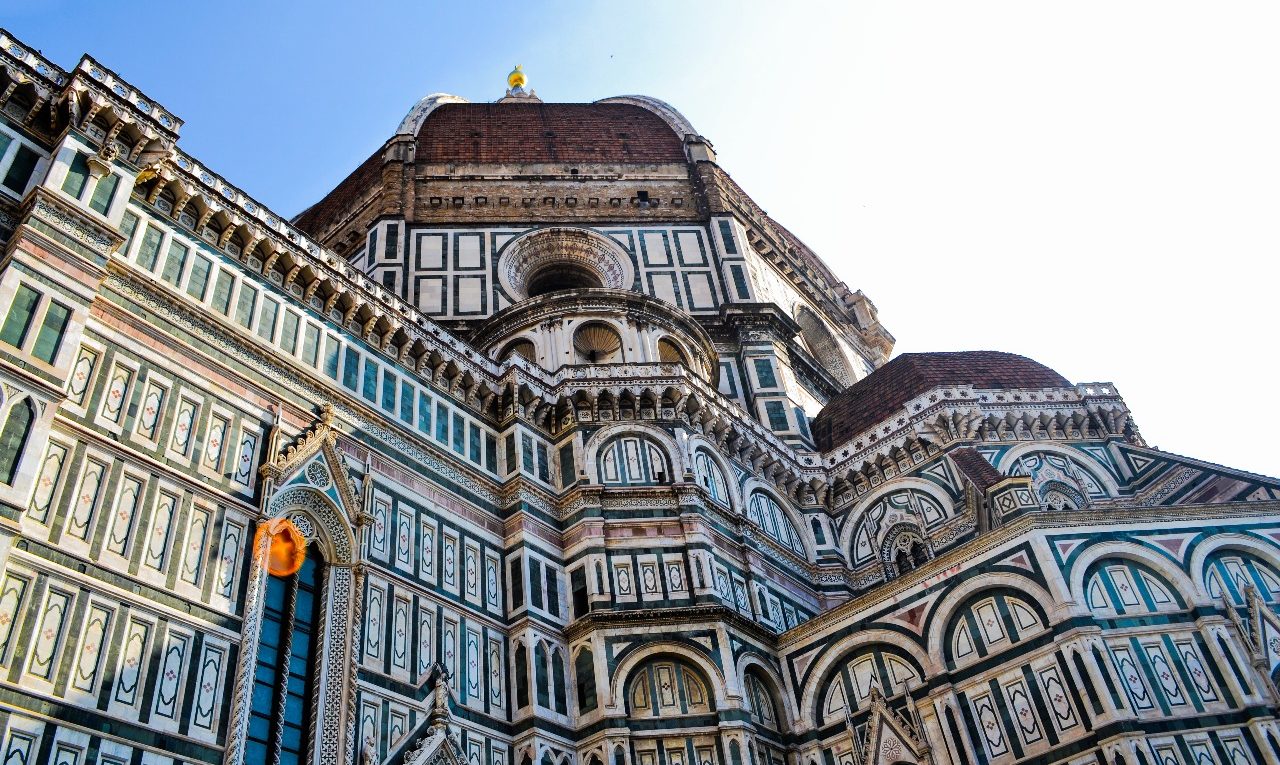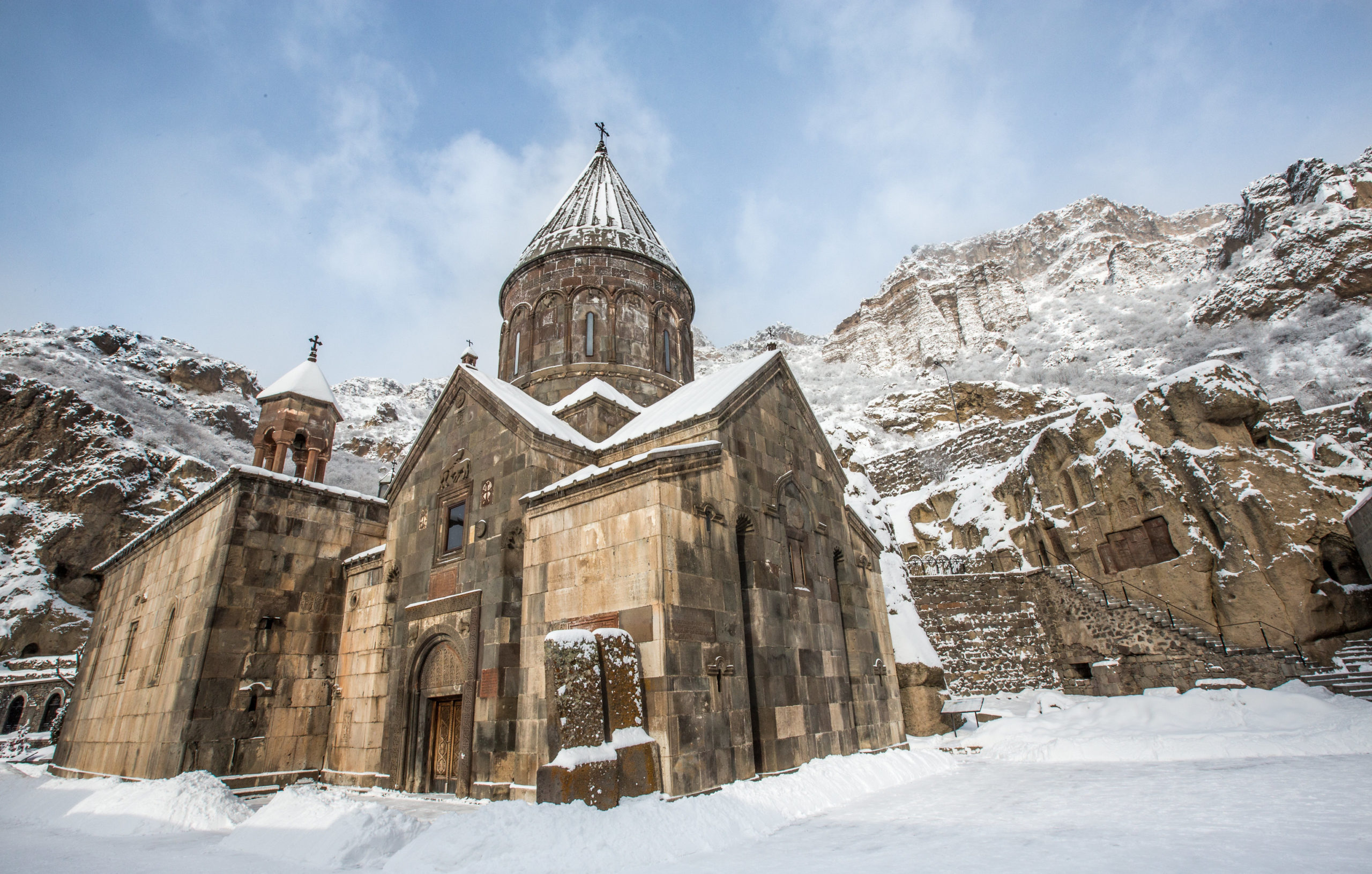Top 8 Ancient Roman Victory Columns
The Roman Empire was one of the most powerful and advanced civilizations of all time. They controlled much of Europe and the Mediterranean and they built countless important buildings and monuments throughout their empire. To commemorate important people and events, the Romans constructed what are known as Victory Columns. These columns vary in size and style, but they were all built for the same purpose, to commemorate something or someone of importance.
Read More